Home / Albums / Tag Century:20th 603

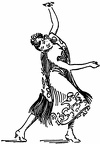 Dancer
Dancer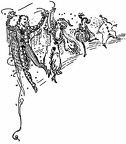 Dancers
Dancers Dancer
Dancer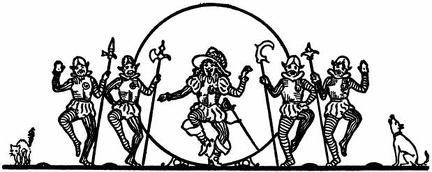 Divider - dancers
Divider - dancers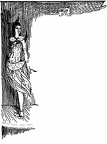 Dancer
Dancer Dancing
Dancing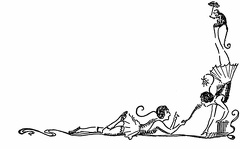 Dancers
Dancers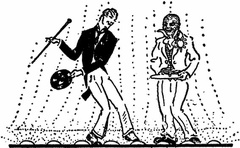 Dancers
Dancers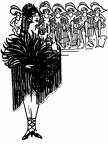 Dancers
Dancers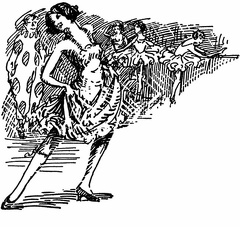 Dancers
Dancers Dancer and Guitarist
Dancer and Guitarist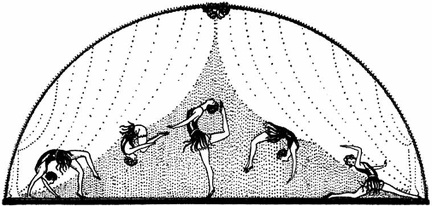 Dancers
Dancers Dancer
Dancer Dancer
Dancer Dancer
Dancer Dancer
Dancer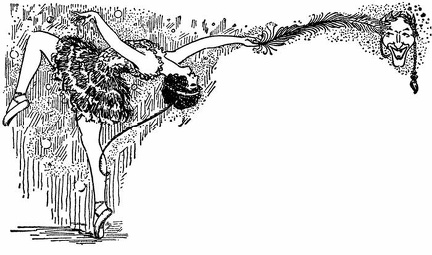 Dancer
Dancer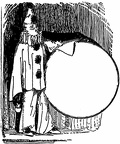 Clown Notice
Clown Notice Dancer
Dancer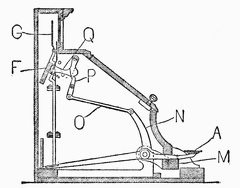 Cash Register 2
Cash Register 2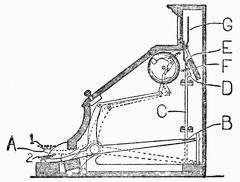 Cash Register
Cash Register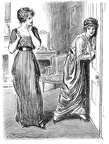 Aren’t there a couple of young men in there with Clara
Aren’t there a couple of young men in there with Clara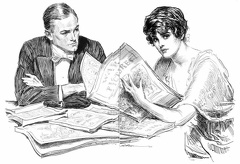 Are you going to volunteer
Are you going to volunteer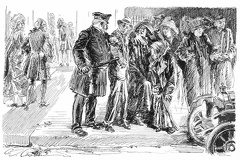 Among those not invited
Among those not invited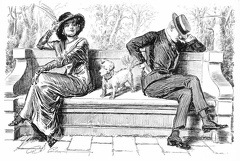 Another case of trying to keep neutral
Another case of trying to keep neutral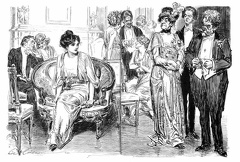 Also Brave
Also Brave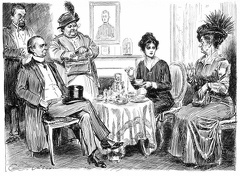 Also Brave
Also Brave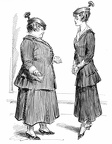 All women look alike
All women look alike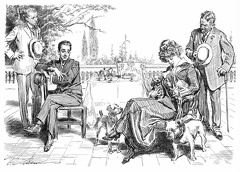 All sorts of pups
All sorts of pups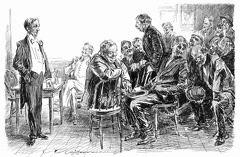 Advice to the mentally feeble
Advice to the mentally feeble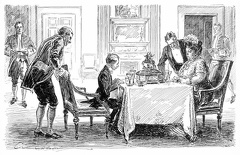 Advice to the mentally feeble
Advice to the mentally feeble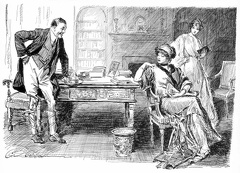 Advice to the mentally feeble
Advice to the mentally feeble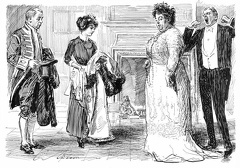 Advice to the mentally feeble
Advice to the mentally feeble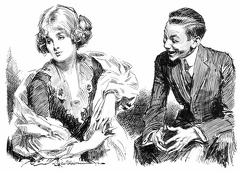 Advice to the mentally feeble
Advice to the mentally feeble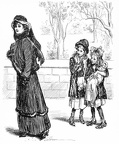 A widow
A widow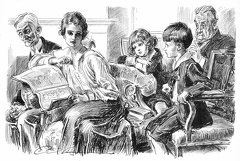 A Story from the Front
A Story from the Front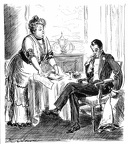 A tragic moment for Smyth
A tragic moment for Smyth A Saving Grace
A Saving Grace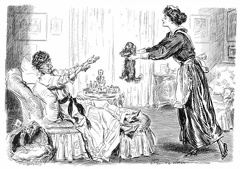 A dog's life
A dog's life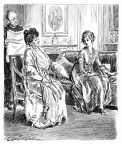 You don’t mean to say, Estelle, that you are tired of settlement work
You don’t mean to say, Estelle, that you are tired of settlement work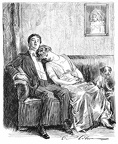 Who is that tramping around overhead
Who is that tramping around overhead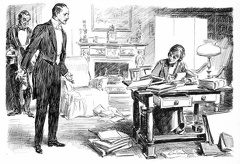 Why aren’t you ready, Isabel
Why aren’t you ready, Isabel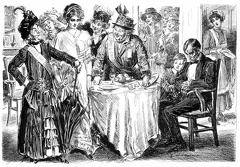 When women vote
When women vote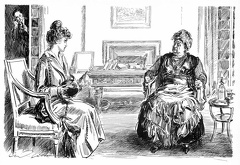 When they get their rights
When they get their rights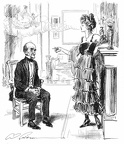 When Grandpa thinks of his mother
When Grandpa thinks of his mother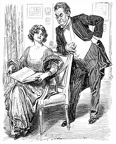 Tragic Moments
Tragic Moments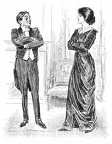 We have had a terrible scrap
We have had a terrible scrap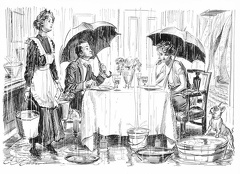 Tragic Moments
Tragic Moments Tragic Moments
Tragic Moments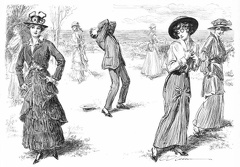 Tragic Moments
Tragic Moments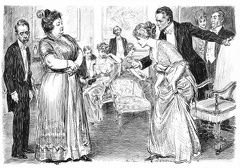 Tragic Moments
Tragic Moments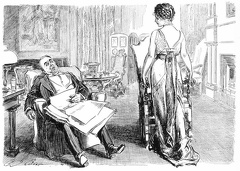 Tragic Moments 9
Tragic Moments 9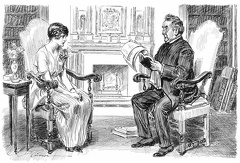 Tragic Moments
Tragic Moments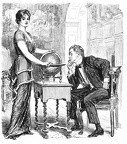 Tragic Moments
Tragic Moments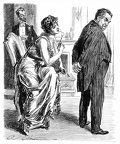 Tragic Moments
Tragic Moments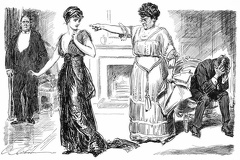 Tragic Moments
Tragic Moments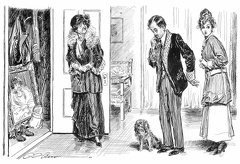 Tragic Moments
Tragic Moments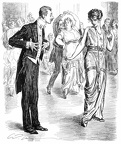 Tragic Moments
Tragic Moments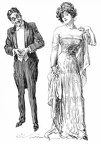 Three hundred dollars for that gown
Three hundred dollars for that gown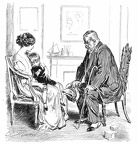 The Wonders of nature
The Wonders of nature



